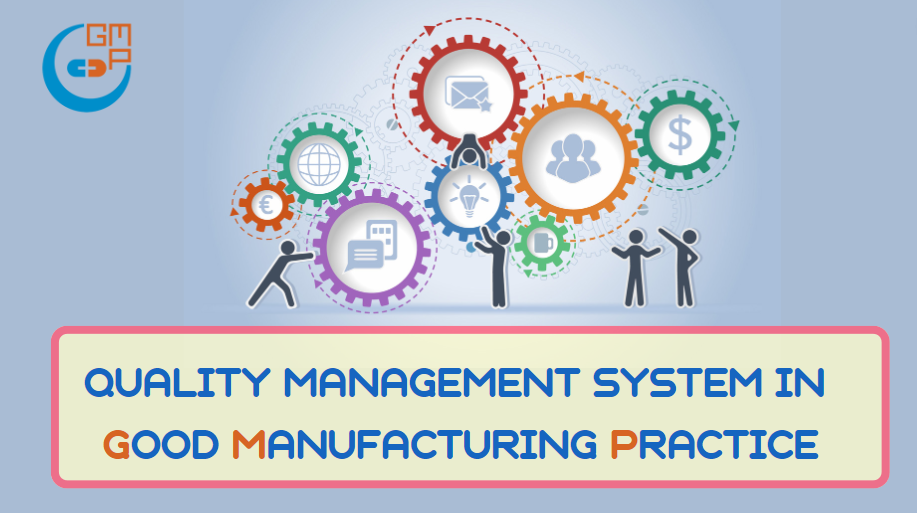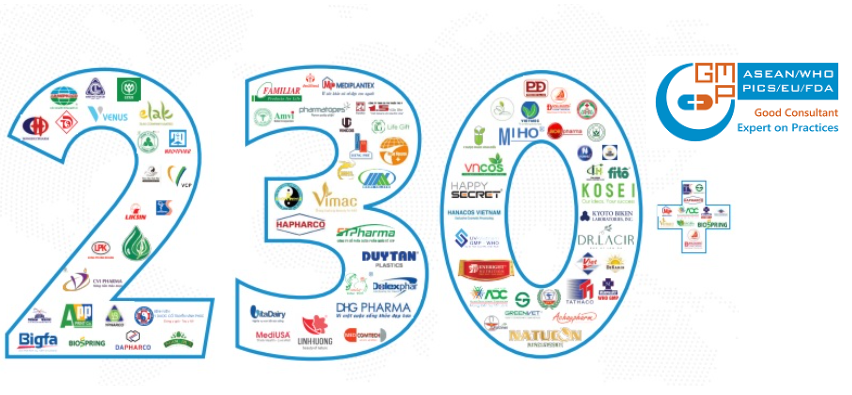
The primary objective of a good quality management system is to ensure that the organisational processes consistently produce products or services which are safe, pure, effective, traceable and reproducible. This can only be achieved when a process performs robustly in a ‘state of control’ environment. All traceable auxiliary systems, which in combination build up the entire process, have to operate in compliance with defined specifications, in-house expectations (business rules), standards and regulatory frameworks.
The culture of good quality management system is not something happens by chance, nor it can be randomly chosen to make a process rocks of its own. The truth is everyone who takes part in that process must have defined responsibilities and participation in harmony to achieve the desired goal. This includes everyone the senior Management to the stars of Operations.
Quality must be built into making a product or service which requires the right systems to be designed, integrated and implemented proactively at the infancy of the product or service lifecycle. Right through the beginning of the process. A retrospective control of quality testing is not very useful to guarantee reproducible outcomes as it does not detect the defects or deviations at the time of occurring.
Firstly, it is extremely important to define the objectives and measure the workflow activities (processes) required to culminate those objectives. This involves creating a quality policy as an overarching document that details the objectives, processes and breakdowns; Management responsibilities, review and notifications; training of people carrying out those tasks; validation concepts of methods and instruments; list of all support systems and sub-systems employed and their qualifications etc.
Secondly, standardisation must be achieved by creating standard operating procedures (SOP) and operating instructions (OI) for all operations. Document Control is used for timely review of procedural updates and track all changes the inception. Controlled forms, logs, checklists and registers are used to generate records as evidence of work performed at Real-time. All documents must be controlled, no document should exceed the review period and a review must occur by due date at the minimum. Out of practice documents must be obsoleted and uncontrolled documents must be removed.
Systems should be in place to identify and investigate any unplanned departure the standardised practices (ie. deviations, non-conformances etc). The investigation must aim to determine the root cause/s of the non-conformance. Appropriate corrective and preventive actions (CAPA) should be identified and implemented. The efficacy of the CAPA should be verified post implementations. Periodic trend analysis must be performed to ascertain any sign pf systemic failure in the process.
Any change of process must commence with a proposal first, risk assessed by SMEs & stakeholders and actions must be undertaken to mitigate the risks and impacts. All activities during the change should be documented using Change Management system. No change should be approved without prior risk mitigation. A change will only be closed successfully when all implicated systems will reflect the change.
Employee training is an integral part of quality system to ensure only trained and authorised personnel should perform a task. As such a well-designed training plan and matrix must be in place that correlates the employee job descriptions. New and refresher training should be provided for continuous development of personnel.
To ensure systems are in control and gaps are not remain hidden, periodic audits and self-inspections must be undertaken at risk-based frequencies. Any observed non-conformance and gaps must be agreed, reported and corrected to prevent further deviation.
In-process controls must be employed at critical control parameters. Inspections must be performed using validated methods and calibrated equipment. All tests have to comply specifications and any out of specification results must be investigated.
The quality of the suppliers and service providers have to be assessed and approved as per the risk pros. Vendor assurance is as important as maintaining our own process quality. System should be established to encourage and report all customer feedback (complaints), investigate defects and apply corrective actions.
Finally, a comprehensive concurrent process review regime should be established so as to detect any deviation or failure within the process and be corrected in Real-time.

GMPc Vietnam is recognized throughout Vietnam as the leader in providing turnkey consulting solutions for GMP-certified facility projects, including Pharmaceuticals, Cosmetics, Health supplements and Veterinary pharmaceutical. Though 12 years of development 2011 to 2023, GMPc has implemented more than 230 GMP-certified facility projects, equaling to more than 80% of market share of the field in Vietnam. Not only do domestic customers, foreign investors also choose GMPc as their consultant when investing new factories in Vietnam, such as Kyoto Biken Vaccine Factory, Nippon Chemiphar Pharmaceutical Factory, Shimizu Contractor, Kajima Contractor, etc.
Consulting services for EU GMP
Consulting services by GMPc Vietnam
GMP project consulted by GMPc Vietnam


